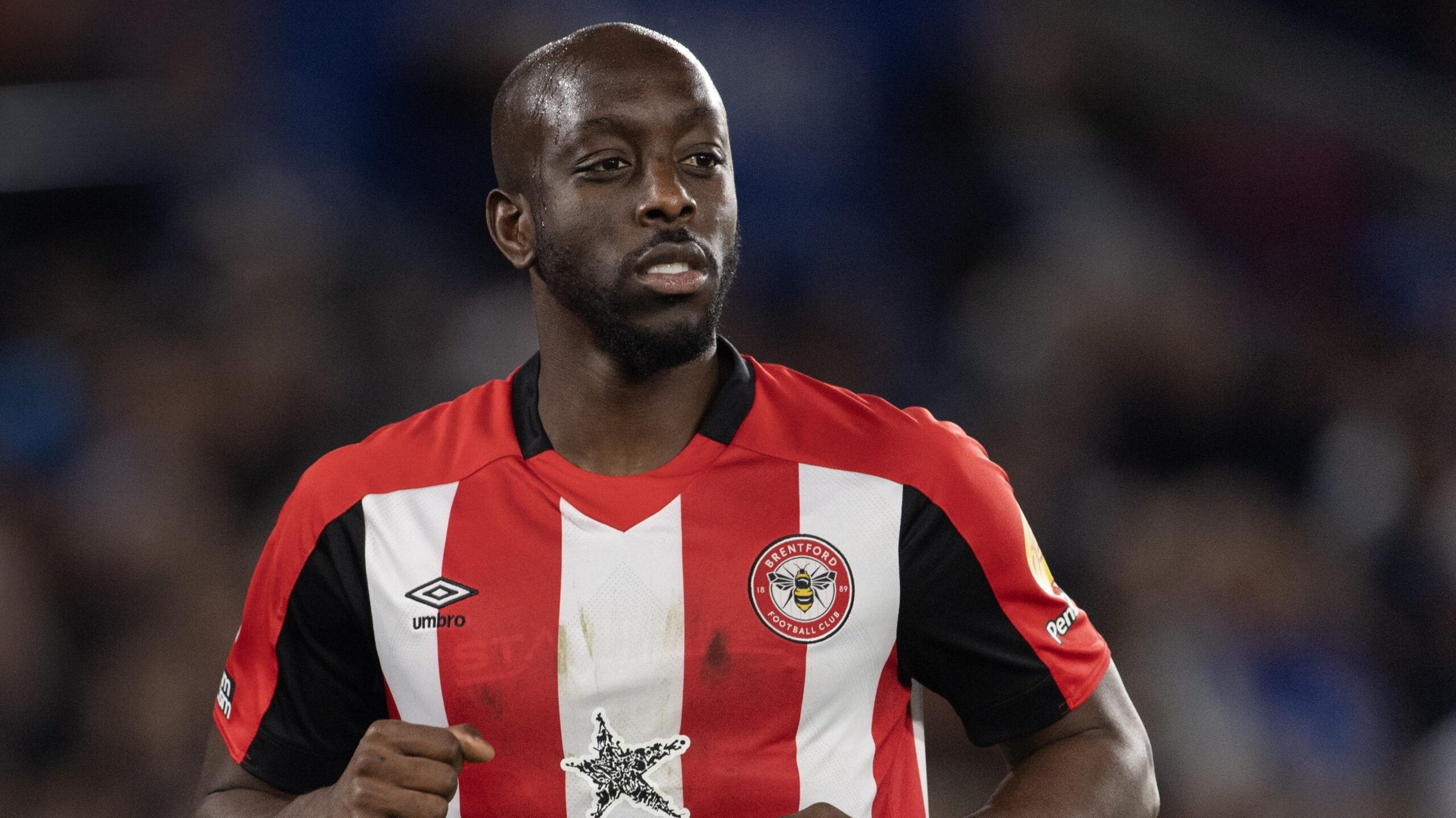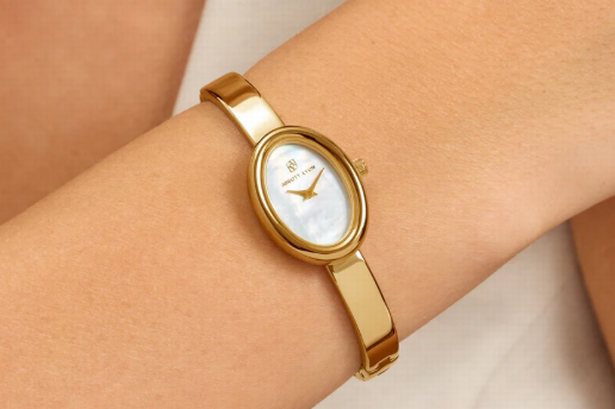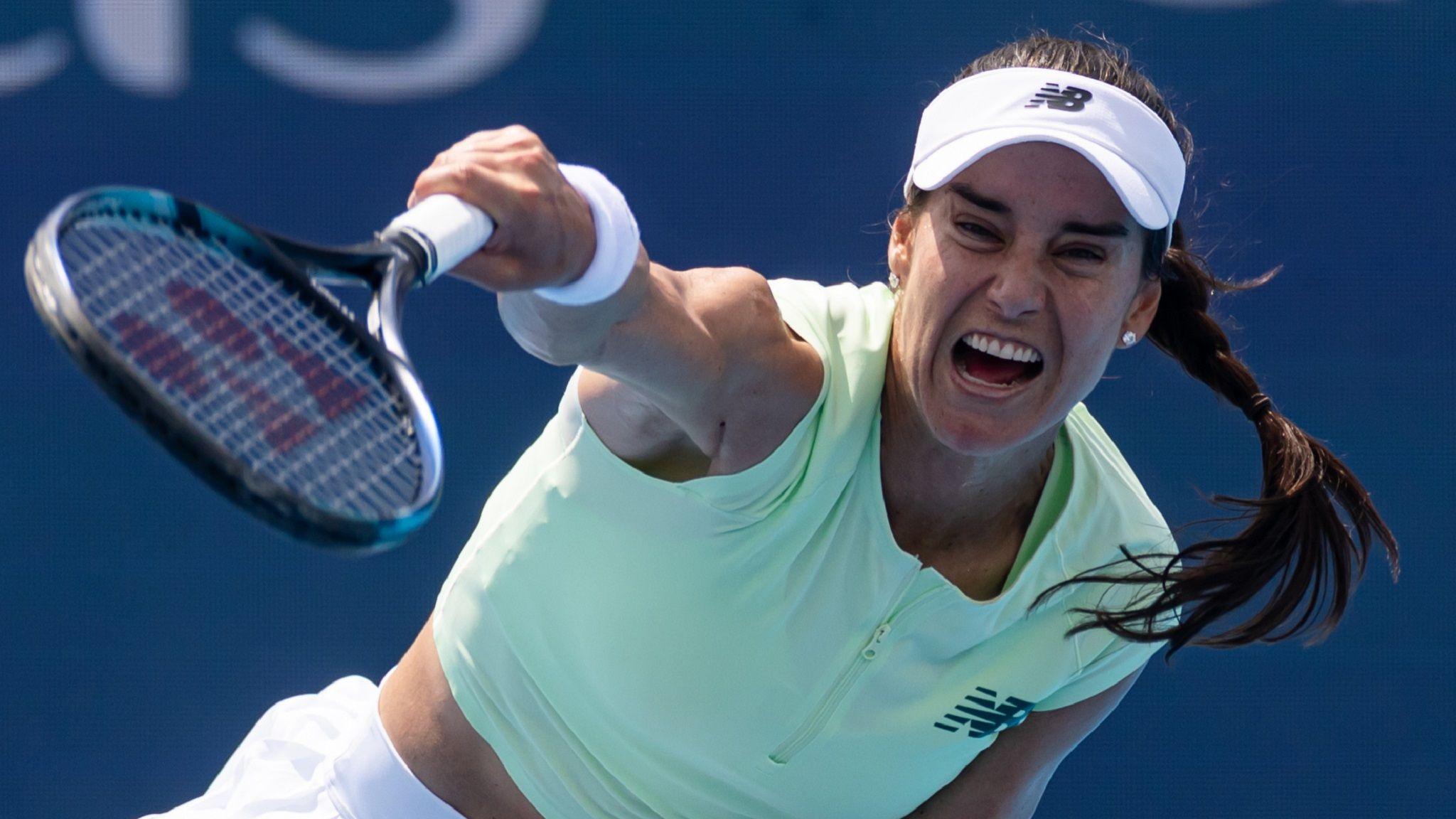- 202 Comments
Yoane Wissa, the striker who accused Brentford of “unduly standing in his way” of a move to Newcastle United, has called on the club to “keep their word” and allow him to leave before the transfer deadline.
The DR Congo international is furious that Newcastle have turned down two offers, the most recent of which was £35 million guaranteed and an additional £5 million in add-ons. The west London club have now had two offers rejected, with the latter remaining until the transfer window closes.
Wissa has made it clear that he wants to move to St. James’ Park and that he hasn’t practiced or played for the first team this year.
According to sources, Wissa was originally expected to cost £40 million, but the cost has since increased to about £60 million.
Wissa, who has scored 49 goals in 149 games since joining Brentford in 2021, said in a statement on social media on Sunday: “I have stayed silent for the majority of the summer, but with only a few hours left, I feel compelled to make it clear that I want to leave.” Despite receiving numerous fair offers over the summer, I believe the club is unfairly preventing me.
The club has significantly altered its position as the window closes, going against what was intended.
He continued, “Being forced to stay after this summer only tarnishes four wonderful years at this incredible club,” and I ask Brentford’s owners and directors to honor their promise to let me leave in the closing hours of the window.
After making it clear that he wanted to move to Newcastle, Wissa left the club’s summer training camp in Portugal early, according to a report from BBC Sport in July.
Since then, he has been at odds with the club over his desire to play for Eddie Howe’s side.
He did briefly return to first-team training, but he has since been withdrawn from Keith Andrews’ squad.
Wissa also deleted any connection to Brentford from his Instagram account, which he scored 19 goals in the Premier League last season.
Wissa claims in his statement that he had “open discussions” with the club’s senior management about his intention to leave earlier this summer and that the club “would not stand in my way if a reasonable offer was made.” This was also written down.
He claims that another Premier League club made a formal offer and that Brentford and I had the impression that there was a “committal agreement to end things.”
He continued, “I want to make it clear that I don’t want to leave Brentford on bad terms nor have any other negative actions.” I have always maintained my integrity. I have kept in touch with the club in a way that both my values as a player and a person are true.
Before the transfer window closes, I’m a “remain hopeful that a fair and reasonable resolution can still be found.”
“In the interim, I must continue to do what I think is best for my family and my career, and I must demand that Brentford honor their commitment to pay fair wages for my club.”
related subjects
- Brentford
- Premier League
- Transfers of football
- Newcastle United
- Football













